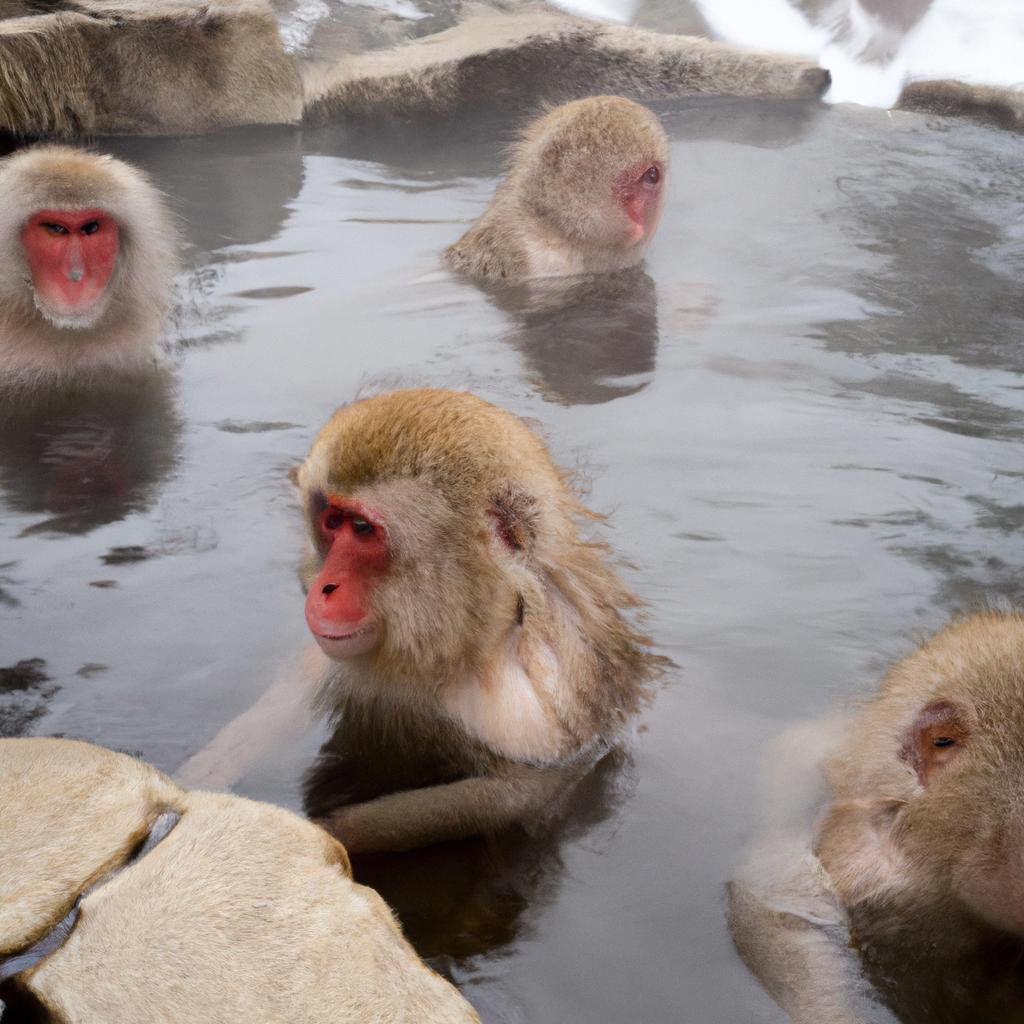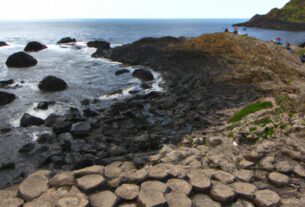Snow monkeys, also known as Japanese macaques, are an incredible species native to Japan. In the central part of the country lies Nagano, home to the Jigokudani Monkey Park, where these snow monkeys thrive. The park is renowned for its hot springs, where visitors can witness the snow monkeys indulging in the warm water during the winter months to keep themselves cozy.
The Natural Habitat of Snow Monkey in Nagano
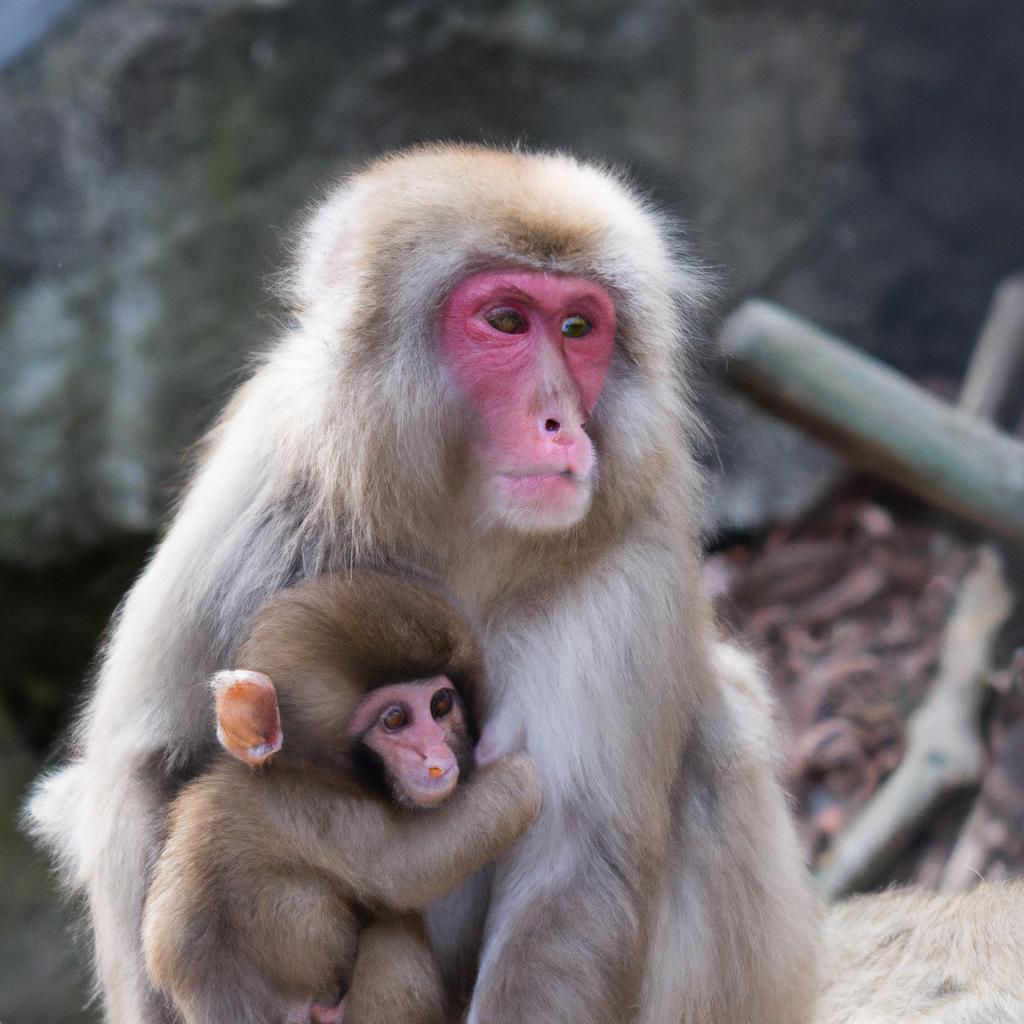
The Jigokudani Monkey Park is nestled within the Joshinetsu Kogen National Park, a part of the Japanese Alps. Sitting at an altitude of 850 meters and spanning around 4,000 hectares, the park is covered in a dense forest of Japanese oak and beech trees, making it the perfect natural habitat for snow monkeys.
The park experiences heavy snowfall, with heights reaching up to two meters during winter. However, the snow monkeys have adapted remarkably to this environment, thanks to their thick fur coats that shield them from the cold. In addition, they possess specialized blood vessels in their hands and feet that help regulate their body temperature.
Characteristics of the Environment and its Influence on Snow Monkeys
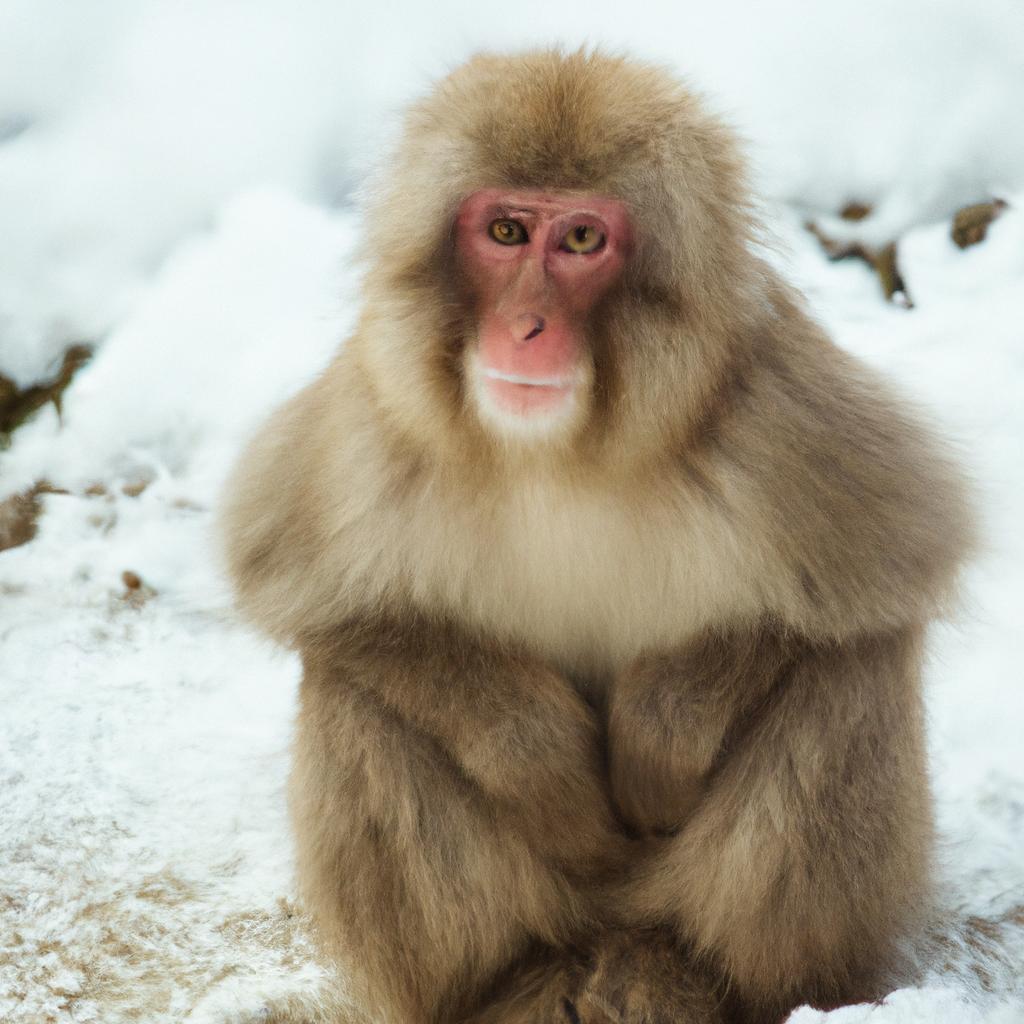
The environment of the Jigokudani Monkey Park significantly shapes the behavior of snow monkeys. In winter, when the snow is at its peak, the monkeys spend most of their time in the hot springs within the park. This behavior is exclusive to the snow monkey population in this region and is not observed in other populations.
During summer, when the snow melts, the monkeys shift their focus to foraging for food in the forest. Their diet mainly consists of fruits, leaves, insects, and in autumn, they also enjoy acorns and chestnuts, which they store in their cheek pouches for later consumption.
The dense forest in the park provides an ideal habitat for snow monkeys, enabling them to live and flourish in their natural surroundings. However, the increasing popularity of the park among tourists has affected the monkeys’ behavior. In the upcoming section, we will delve into the behavior of snow monkeys in Nagano and the impact of tourism on their lives.
Snow monkeys are known for their intricate social behavior, and the Nagano population is no exception. With approximately 160 snow monkeys calling the Jigokudani Monkey Park home, researchers have been studying their behavior for several years.
General Behavior of Snow Monkey in Nagano
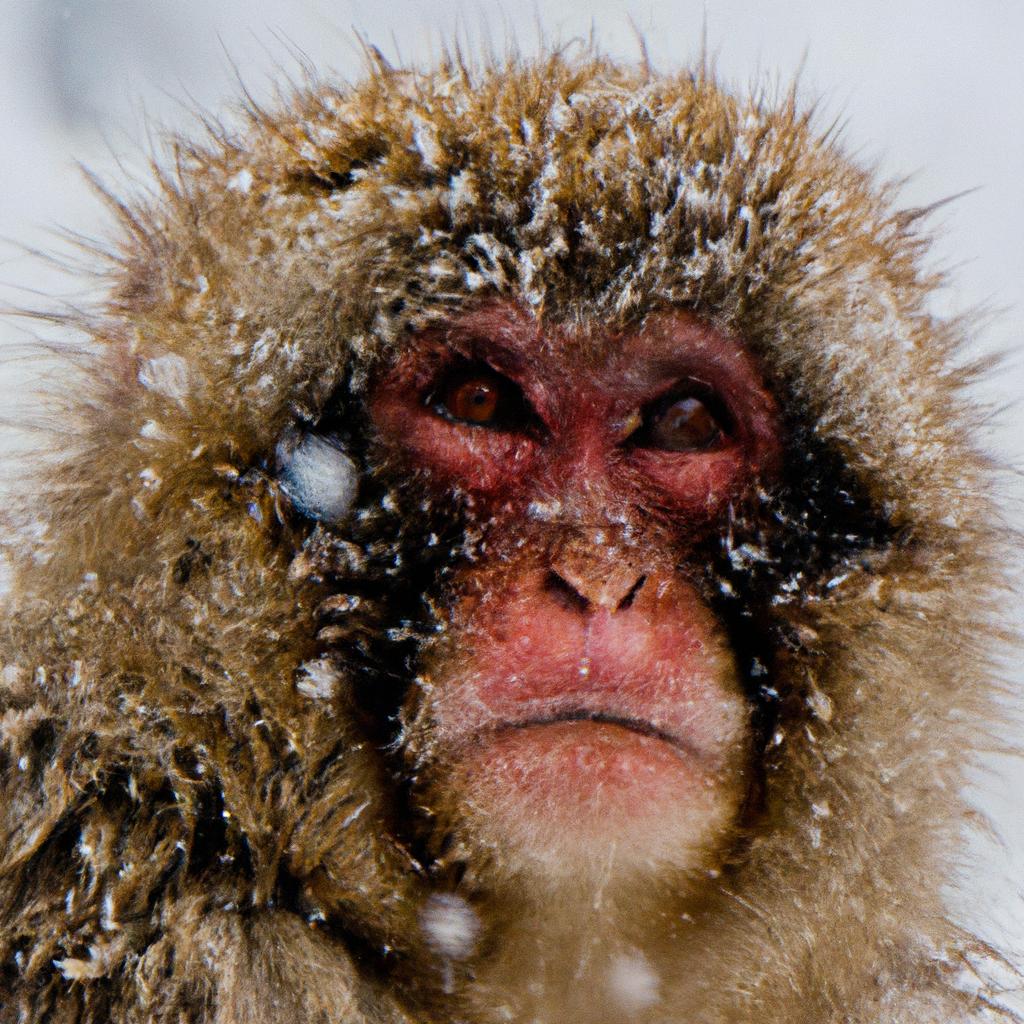
Snow monkeys are social creatures, forming groups that range from a few individuals to over a hundred. In Nagano, they reside in multi-male, multi-female groups, where the dominant male has priority access to females. The males establish a complex hierarchy, with the most dominant male enjoying priority access to food and resources.
Communicating through various vocalizations such as calls for food, alarm calls, and contact calls, snow monkeys also employ body language to convey their intentions and emotions.
The Unique Behavior of Snow Monkeys in Nagano Hot Springs
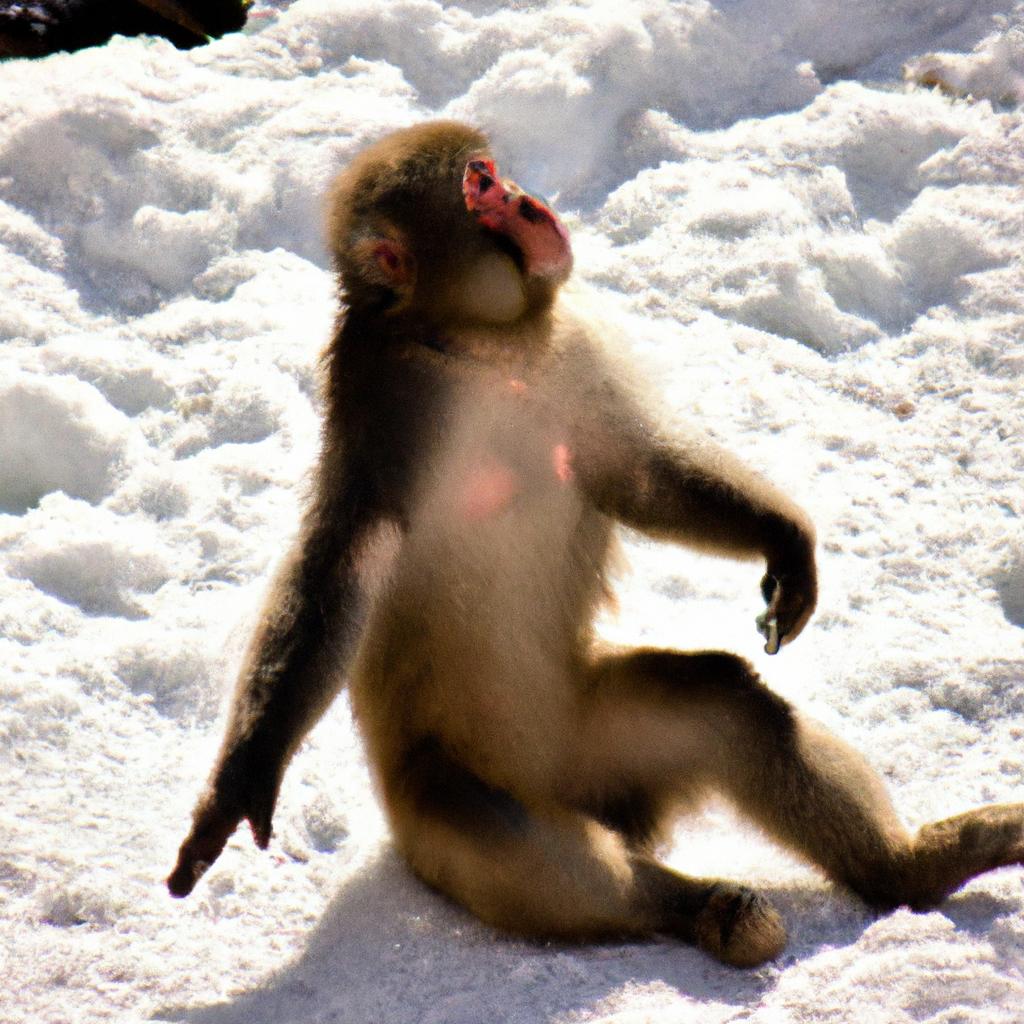
The most extraordinary behavior of snow monkeys in Nagano is their use of hot springs during the winter season. This behavior was first observed in the 1960s when the snow monkeys started visiting the hot springs near the park’s entrance. Since then, the park has constructed several hot spring pools dedicated to the monkeys’ usage.
The hot springs offer the monkeys a warm sanctuary to rest and socialize during the winter months. Additionally, they help the monkeys maintain cleanliness as they utilize the hot water to cleanse their fur and rid themselves of parasites.
However, the park’s popularity with tourists has influenced the snow monkeys’ behavior. In the subsequent section, we will discuss snow monkey conservation in Nagano and the challenges faced in these efforts.
Conservation of Snow Monkey in Nagano
Efforts to Conserve Snow Monkeys in Nagano
Snow monkeys in Nagano play a vital role in the local ecosystem and serve as a major tourist attraction. Consequently, ongoing efforts have been invested to conserve them, leading to the designation of the Jigokudani Monkey Park as a national park in 1970.
The park has implemented several measures to protect the snow monkeys, including limitations on the number of visitors to the hot springs and providing food for the monkeys during winter. Collaborating closely with researchers, the park aims to study snow monkey behavior and develop effective conservation strategies.
The Role of Conservation Organizations in Nagano
Several conservation organizations actively contribute to safeguarding snow monkeys in Nagano. Among these, the Snow Monkey Trust stands out, raising awareness about the importance of conserving snow monkeys and their habitat. Collaborating with local communities, they work towards developing sustainable tourism practices that benefit both the monkeys and the local economy.
Challenges in the Conservation of Snow Monkeys in Nagano
Despite the dedicated efforts, snow monkey conservation encounters several challenges in Nagano. Climate change emerges as a significant threat to snow monkeys, with rising temperatures and altered weather patterns affecting their habitat and food sources.
Illegal hunting and poaching persist as pressing issues, as some individuals hunt snow monkeys for their meat and fur. Additionally, the popularity of the park among tourists has put increased pressure on the snow monkeys and their habitat.
Overall, conserving snow monkeys in Nagano is an ongoing endeavor that necessitates cooperation among park authorities, researchers, and conservation organizations. By working together, we can ensure the continued survival of this captivating and unique species.
Tourism and Snow Monkey in Nagano
The Jigokudani Monkey Park attracts tourists from all corners of the globe, making it a highly sought after destination in Nagano. The park’s main allure lies in the presence of snow monkeys, with several tourist attractions centered around these remarkable animals.
Tourist Attractions Related to Snow Monkeys in Nagano
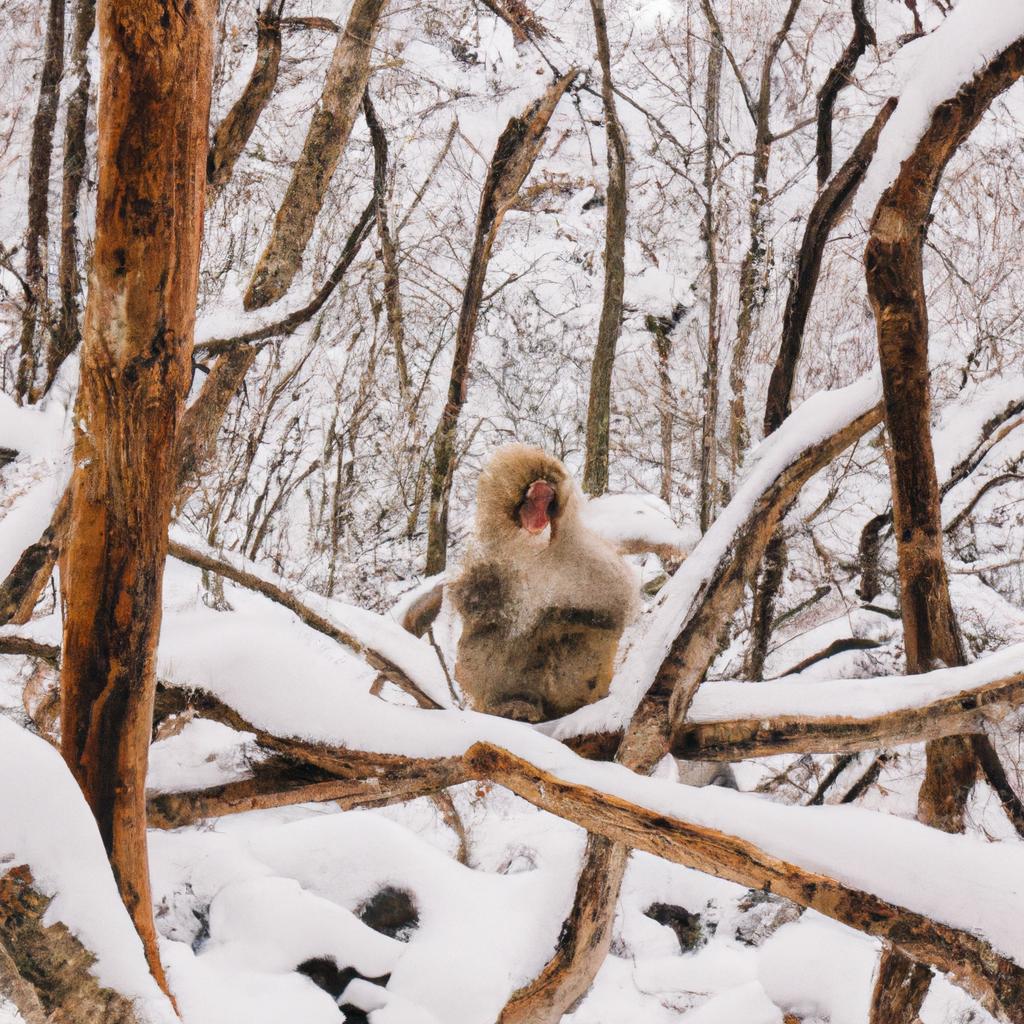
The hot springs are the highlight of the park, allowing visitors to observe the snow monkeys luxuriating in the warm water. Multiple viewing areas cater to visitors keen on observing the monkeys up close, and a walking trail leads them through the forest, granting a glimpse of the monkeys in their natural habitat.
In addition to the park, various other attractions in Nagano focus on snow monkeys. Snow Monkey Resorts offer tours and accommodations for those wishing to witness the snow monkeys in the wild. Numerous souvenir shops and restaurants specialize in snow monkey-themed products and dishes.
The Economic Impact of Snow Monkey Tourism in Nagano
Snow monkey tourism has made a significant economic contribution to Nagano, bolstering the local economy and generating employment opportunities in the tourism industry. According to the Nagano Prefecture Tourism Association, the park attracts over 500,000 visitors each year, generating more than 9 billion yen in revenue.
The impact of snow monkey tourism extends beyond the economy, benefiting the local community as well. The park employs many local residents, while several small businesses have emerged to cater to the rising number of tourists.
The Benefits and Drawbacks of Snow Monkey Tourism in Nagano
While snow monkey tourism has brought numerous benefits to the local community, there are also concerns to address. The park’s popularity has altered the behavior of snow monkeys, raising questions about their increasing familiarity with humans and the loss of their natural fear.
Furthermore, environmental concerns arise due to the impact of tourism on the park, including the forest and hot springs.
Despite these concerns, snow monkey tourism remains a crucial component of Nagano’s economy, effectively raising awareness about the importance of conservation efforts. TooLacks, as a platform dedicated to nature, gardening, and animals, recognizes the significance of snow monkey conservation and advocates responsible tourism practices to ensure the long-term survival of these captivating creatures.
Conclusion
Snow monkeys are integral to Nagano’s tourism industry, attracting visitors from various corners of the world eager to witness these fascinating animals in their natural habitat. The Jigokudani Monkey Park, with its host of attractions, serves as a magnet for tourists interested in snow monkeys.
Although snow monkey tourism has yielded considerable benefits for the local community, concerns persist regarding its impact on the monkeys’ behavior and the park’s environment.
Nonetheless, snow monkey tourism plays a vital role in raising awareness about conservation efforts and contributing to the local economy. Moving forward, it is crucial for stakeholders to collaborate closely, ensuring the preservation of snow monkeys in Nagano.
